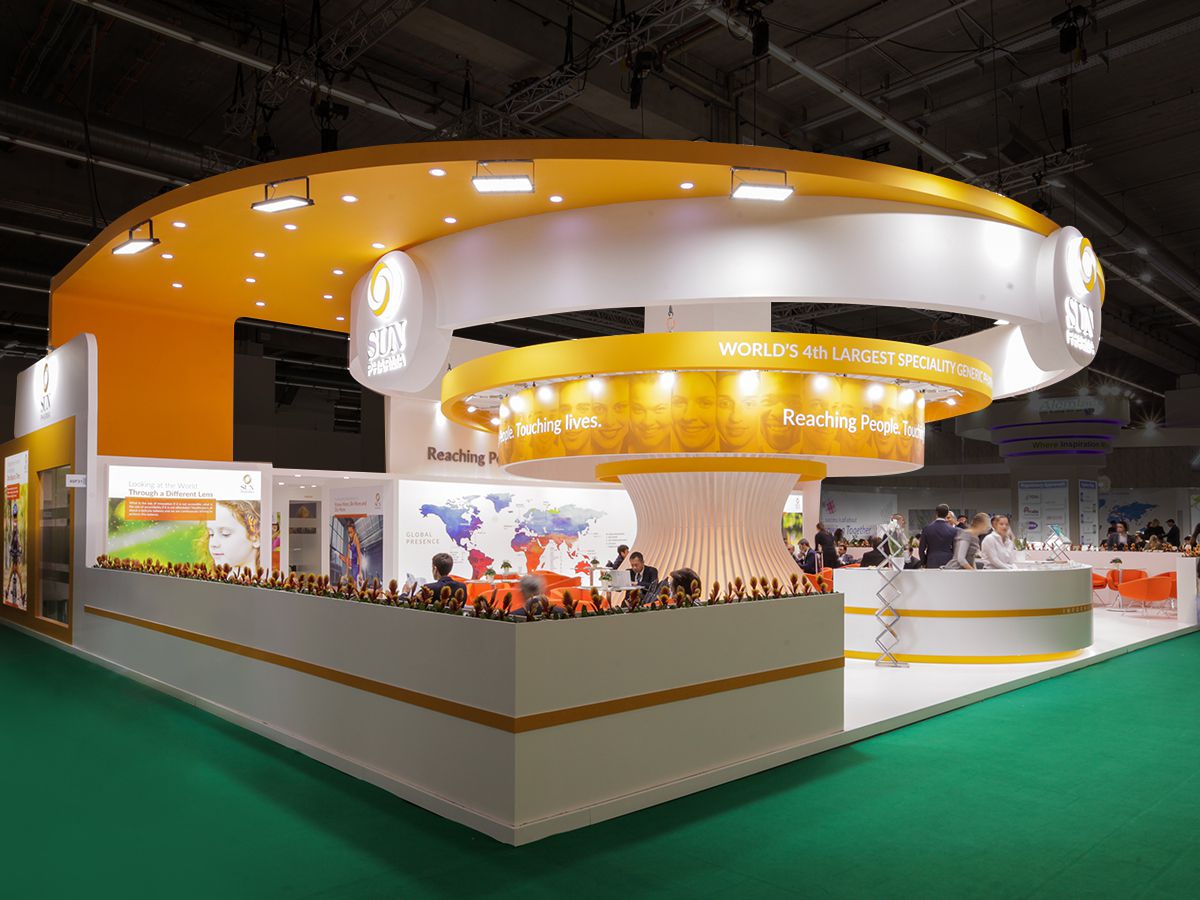Exhibitions are exciting events that bring people together to discover new goods, ideas, and experiences. To guarantee that everyone has the opportunity to participate and enjoy the event fully, exhibitions must be designed with accessibility in mind. In this post, we’ll look at how exhibition agencies and organisers may make their events more accessible to all guests.
Accessibility in Exhibitions
Accessibility in exhibits refers to the creation of venues, displays, and experiences that are easily accessible and enjoyable for individuals of all abilities, including those who are disabled. This encompasses physical, sensory, and cognitive access. By stressing accessibility, exhibition managers can ensure that everyone, regardless of ability, can fully participate in the event.
Physical Accessibility
The first issue of accessibility to consider is physical access to the display area. This includes making sure the venue is handicapped accessible, including ramps, elevators, and wide entrances. Exhibitors should also provide clear signs and designated accessible parking places for guests who have mobility issues. Furthermore, exhibitors should avoid clogging aisles and pathways so that wheelchair users and others using mobility aids may easily navigate them.
Sensory Accessibility
Sensory accessibility is critical for participants who may have visual or hearing problems. Exhibition organisers may make their events more accessible by offering audio explanations of displays to guests with visual impairments and ensuring that all written materials are available in big print or Braille. Sign language interpreters or captioned films can help visitors with hearing issues have a better experience.
Cognitive Accessibility
Cognitive accessibility aims to make content simple to absorb and process for guests with learning difficulties or cognitive impairments. This can be accomplished by utilising plain and straightforward language in signs and printed materials, avoiding jargon or technical terminology, and providing alternate formats for information, such as audio guides or easy-to-read materials.
Inclusive Design Principles
Incorporating inclusive design principles from the start may help exhibition managers develop events that are accessible to all. This involves taking into account participants’ various requirements throughout the planning and design process, working with disability groups or persons with disabilities to obtain comments and ideas, and always looking for ways to increase accessibility.
Partnering with an Exhibition Agency
Working with an experienced exhibition agency may be beneficial when arranging an accessible show. An exhibition agency may have expertise in building inclusive experiences, such as accessible booth layouts and interactive displays that appeal to a wide range of demands. Working with an agency that understands accessibility standards allows event planners to guarantee that their event is welcome and inclusive to all guests.
Conclusion
Designing exhibitions that are accessible is both a legal necessity and a moral duty. Exhibition planners may create inviting and inclusive events for all participants by taking into account their various demands and adopting inclusive design concepts. Every effort made towards accessibility, whether through physical, sensory, or cognitive means, serves to guarantee that all guests may fully participate and enjoy the event. Organisers may create unforgettable experiences that benefit all participants, regardless of ability, with the help of an expert exhibition agency.



